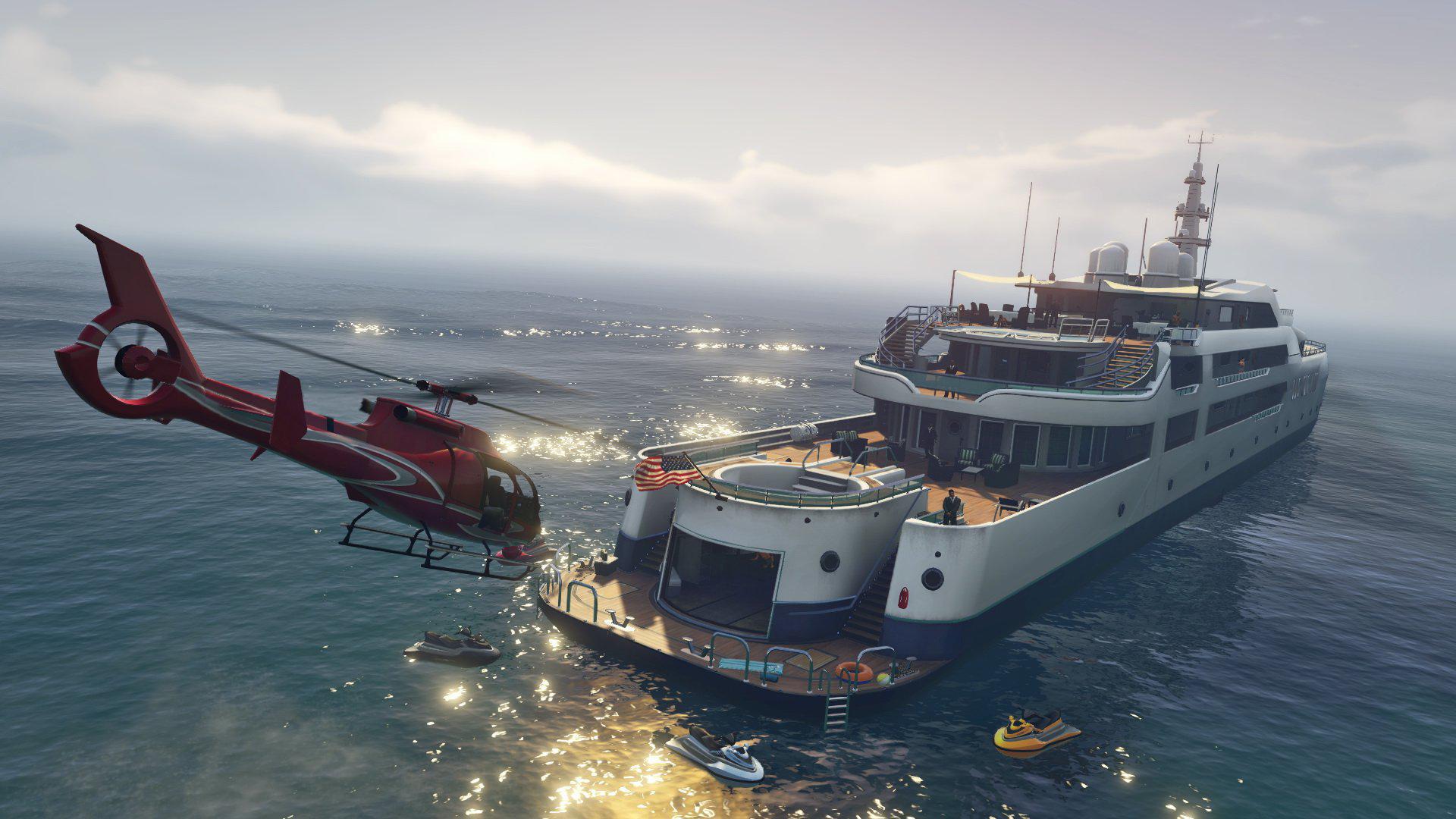ASU engineering students build a car and abilities with chemistry, ASU Now: Access, Excellence, Influence

ASU Now: Access, Excellence, Influence
Fred is instructing five engineering students out-of-the-box thinking that applies their technical and project management abilities. Fred just happens to be a shoebox-sized, fuel-cell-powered car.
This project is a creation of Arizona State University’s Chem-E-Car competition team, comprised of chemical engineering latest graduates Jayse Langdon and Andrew Dopilka, chemical engineering undergraduate students Alex Cook and Jon Simiyu, electrical engineering undergraduate student Nathan Rodkey and mentored by Ira A. Fulton Schools of Engineering chemical engineering Assistant Professor César Torres. Left to right: Jayse Langdon, Jon Simiyu, Andrew Dopilka and Alex Cook work on their fuel-cell-powered car in prep for the national American Institute of Chemical Engineers’ Chem-E-Car competition this November. Photo by Pete Zrioka/ASU Download Utter Pic
The Chem-E-Car competition, led by the American Institute of Chemical Engineers, challenges college students to design and build a model car powered by a chemical energy source.
The ASU Chem-E-Car team’s car is powered with a fuel cell that runs on hydrogen gas and oxygen to create water and a current for a consistent chemical reaction to drive the car forward.
The team placed 2nd in the two thousand seventeen AIChE Rocky Mountain Regional Conference competition in March, securing them a spot at the national tournament in Minnesota this November.
Driving Fred forward with unique solutions
Dopilka and Langdon competed in the two thousand sixteen Chem-E-Car competition with a fuel cell car based on the successful two thousand twelve ASU Chem-E-Car team’s design. However they didn’t place in 2016, they have used that practice to revitalize Fred in two thousand seventeen to successfully accomplish the competition’s difficult challenge.
An hour before the competition, student teams are given a specified weight the car must carry securely over a specified distance, and they must stop as close as they can to the finish line. They have two rounds to get their best score.
The team put their engineering abilities to use to design a successful system. A very accurate iodine clock, which they consider the best part of their car so far, determines the amount of time the car moves based on the amount of chemical supplied.
“We combine two solutions onboard the car, and when one chemical runs out it turns from clear to dark. A photoresistor sensor detects the switch in color and it cuts the power circuit,” Langdon said.
For even more accurate results, the team designed a custom-made stir plate to ensure the solution is well mixed, which Langdon thinks helped make theirs the best stopping mechanism demonstrated at regionals.
They also go after the “measure twice, cut once” philosophy — taking measurements at ASU and in the competition prep time to ensure accuracy, something they didn’t see other teams doing.
Torres sees a lot of potential in this team as they’ve refined Fred over the last two years, tho’ he knows national competitions are raunchy and require a lot of practice.
“Having seen a few national competitions, I know the top places are determined by inches from the finish and this requires extensive testing of the car,” Torres said. “Their success is very dependent on how much time they can put into testing.”
Success is more than just chemical engineering
Until 2016, the Chem-E-Car team was part of the Managed Propulsion special topics course that Torres has been running since 2011, but was far from a typical class practice.
Torres designed the course to be an independent learning practice — from designing the chemical reaction to setting up team meetings, assigning tasks and buying supplies. This challenges team members to use much more than technical abilities to succeed.
“There’s a structure in labs, but here we’re just making it up as we go,” Dopilka said. “No one is telling us what to do or what to look for.”
The Chem-E-Car team is now part of the AIChE club where it proceeds to challenge Fulton Schools students.
It’s a rewarding practice when they get it right after all their hard work, and a fine way to demonstrate how they’ve applied their classroom abilities.
“You don’t get this learning practice in the classroom or labs,” Langdon said. “You’re coerced to use things you’ve learned in an actual applied setting.”
Torres said it’s a excellent chance to demonstrate applied skill and more.
“It is an chance to put all their skill together into a specific design problem,” Torres said. “It also helps them develop their leadership abilities and their capability to work in teams that coalesce into a successful design.”
Preparing a formula for nationals and beyond
They’ll be further optimizing the design of the various components of the car and attempting out alternative designs using batteries over the summer.
No matter how they place, the team is looking forward to meeting other chemical engineering students from across the country and even around the world, one of their dearest parts of the regional tournament.
They also hope to have more Fulton Schools students join their puny team, especially with Langdon and Dopilka beginning graduate studies at ASU in the fall.
Torres is certain that students will seek out this chance out of an interest in accomplishing the Chem-E-Car challenge.
Langdon said it’s a joy practice to use abilities learned in the classroom on something other than homework, and emphasizes that the technical and project management abilities gained are valuable to employers.
“We hope that our success inspires more students to join and make a tradition of success here at ASU,” Langdon said. “We’ve got a big program with a lot of clever people, and we hope the junior classes set out to prove that.”